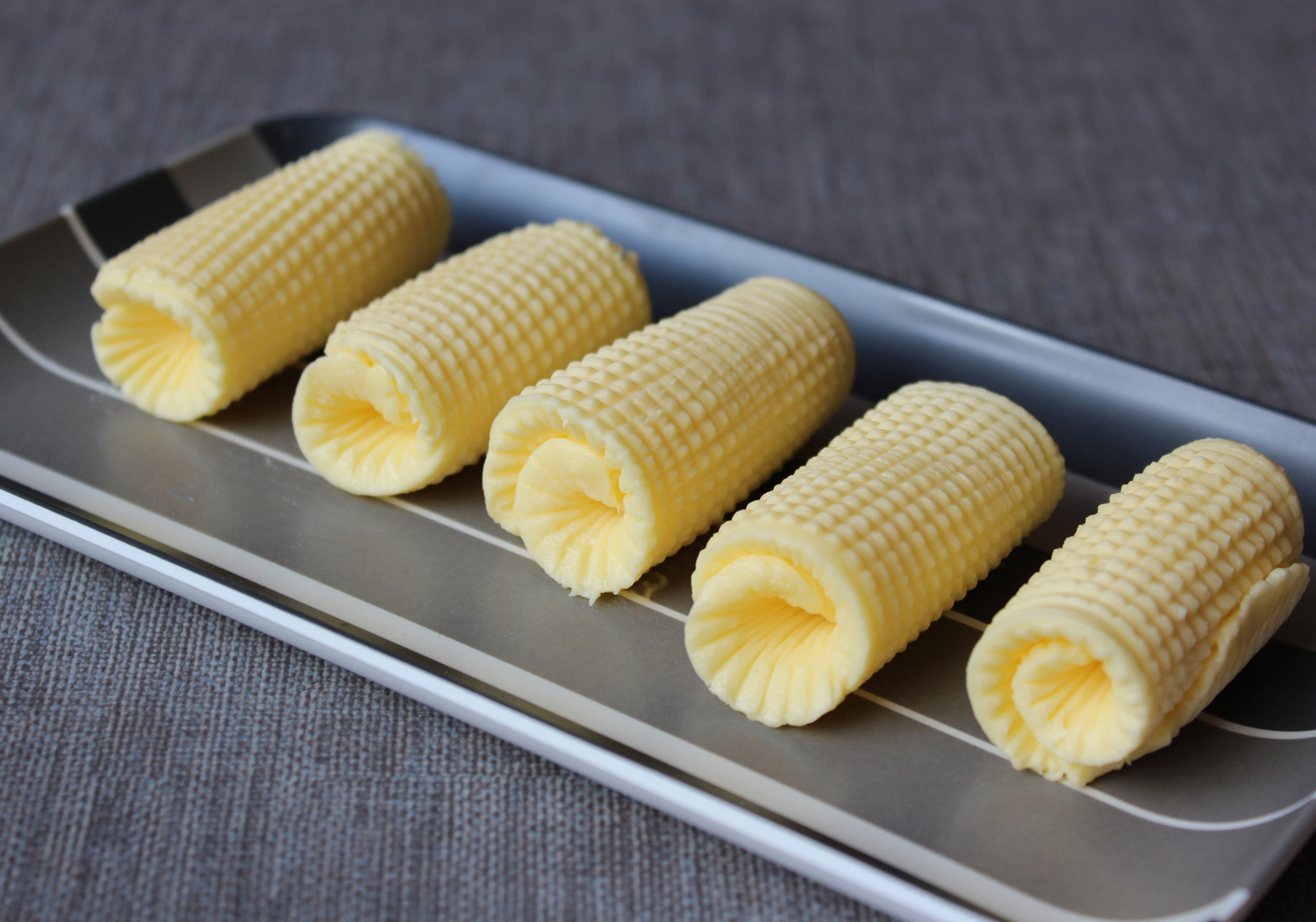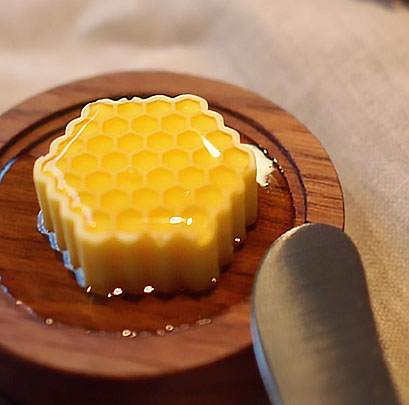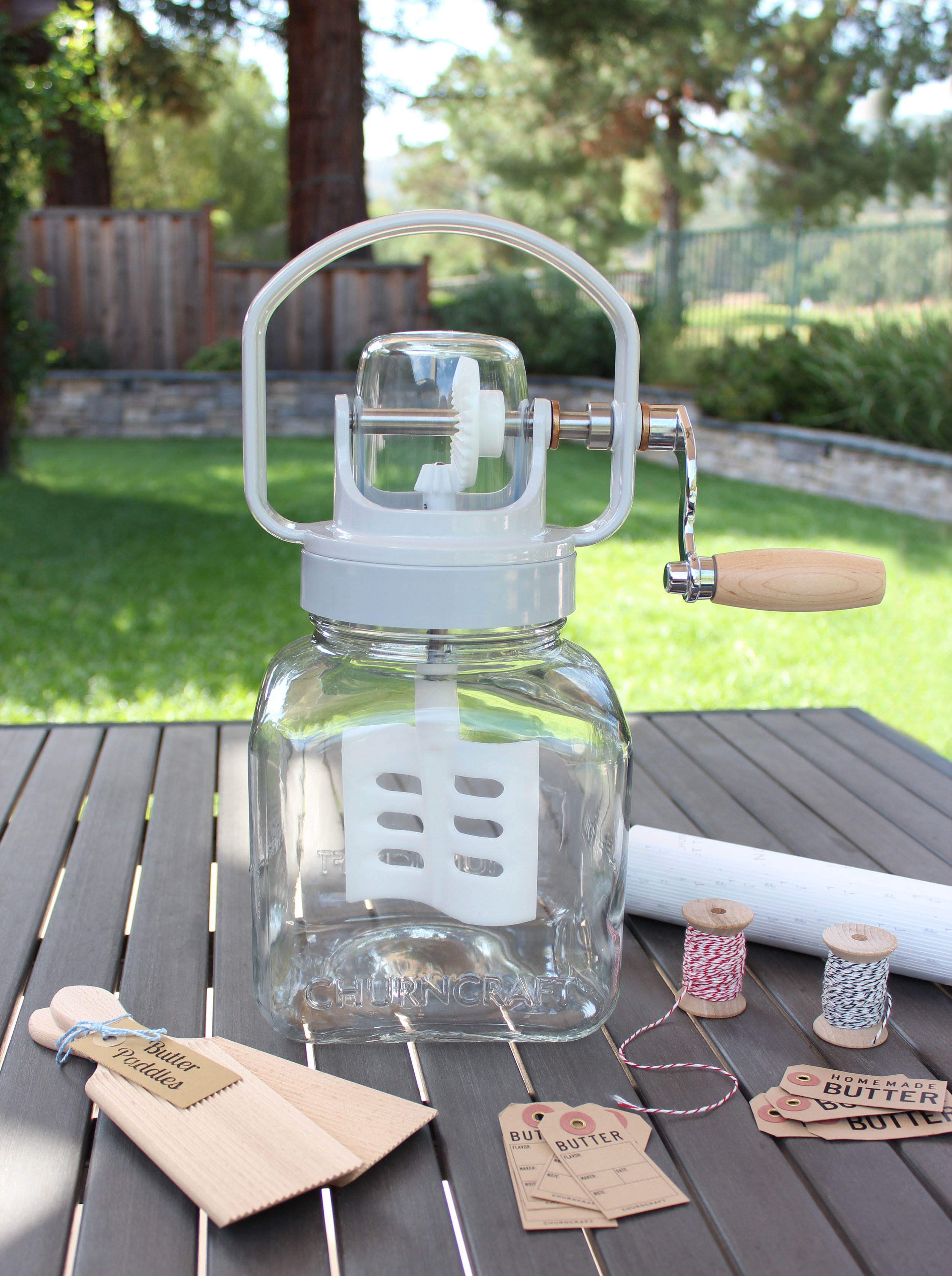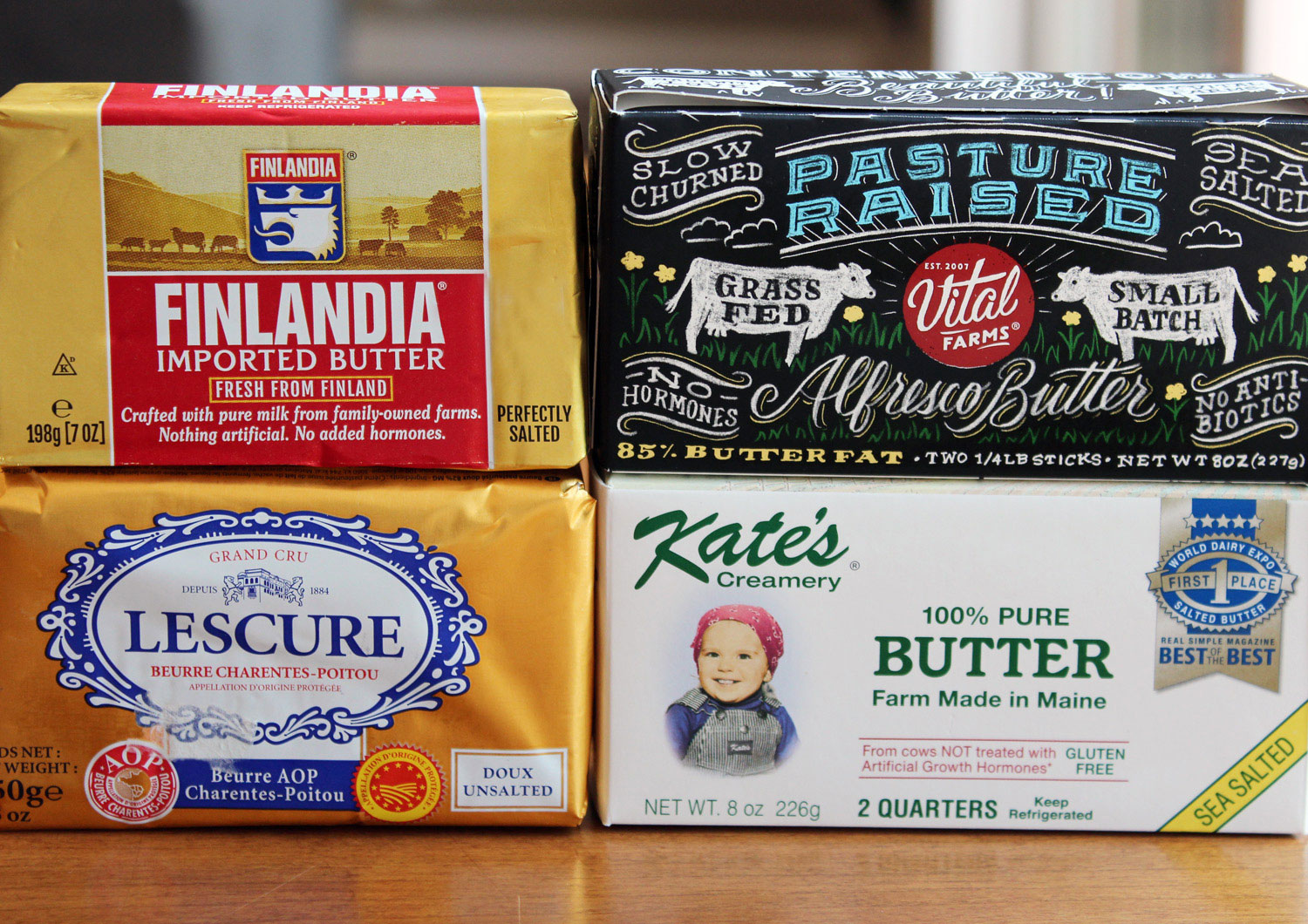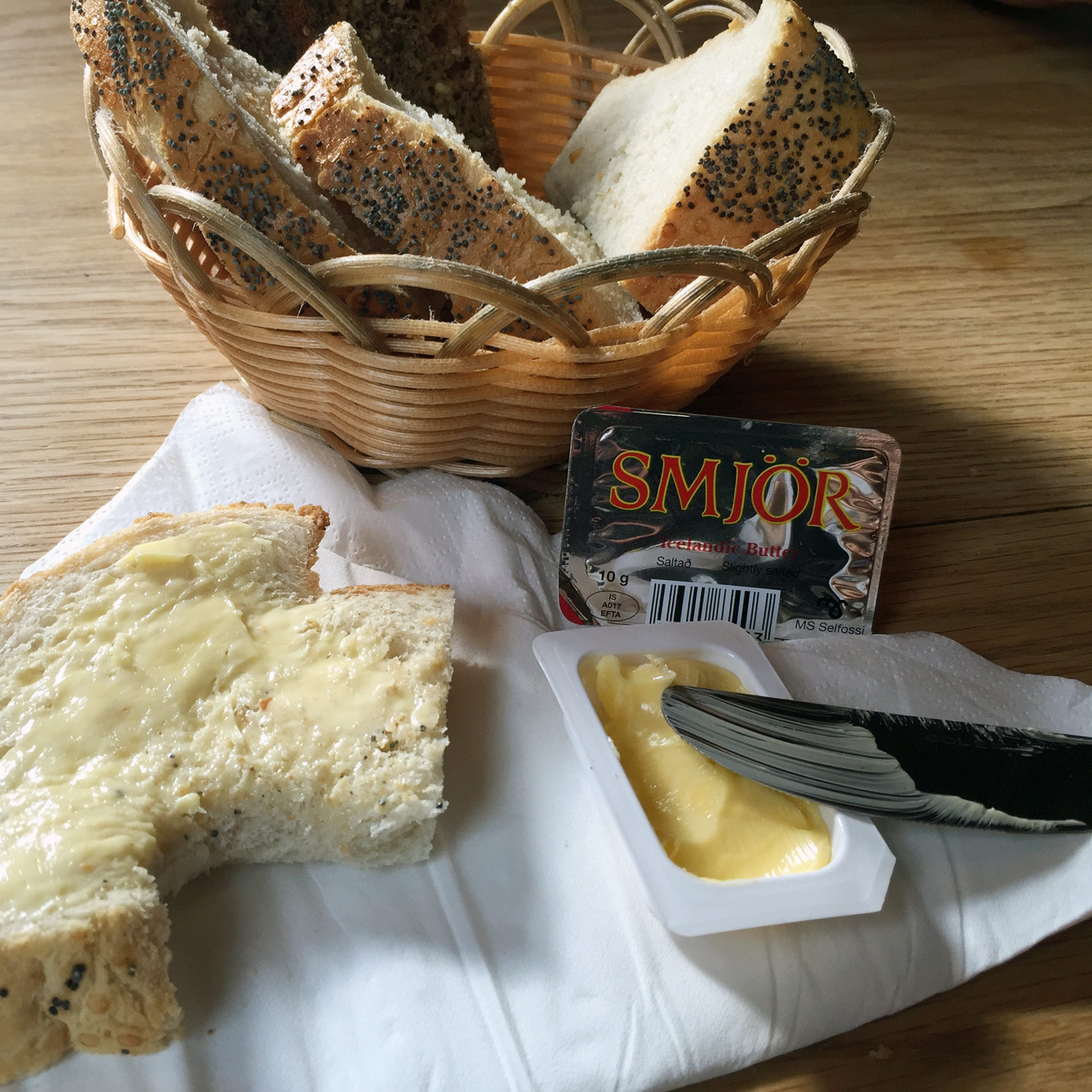A quenelle, pronounce kuh-NEHL, traditionally is a delicate dumpling made of seasoned ground meat or vegetables that are gently poached in stock. This oval shape has become very popular for other items, such as butter, potatoes or dessert.
There are a few methods for achieving the oval shaped quenelle. Below are directions for a one- and a two-spoon quenelle.
Photos by Scott Phillips
To create a quenelle, you’ll need two spoons of the same size. The size of the spoon will determine the size of your quenelle.
With a spoon in each hand, scoop a generous amount of mousse into one spoon. Gently press the bowl of the second spoon against the mousse, scooping the contents from the first spoon into the second. Transfer the mousse back to the first spoon in the same manner. This begins to create a smooth, rounded surface where the mousse molded to the spoon. Keep scooping back and forth until you have a nice, smooth oval shape.
- Article by Melissa Pellegrino, December 2009, Fine Cooking Magazine, ©2009 by The Taunton Press Inc. www.finecooking.com
Rocher
Rocher video courtesy of ChefSteps.
A rocher, or one-handed quenelle, is a way to give a beautiful oval shape to butter. Chefs are taught to make a quenelle with two spoons, and that can work well, but by design it creates three curving sides to the shape. For smooth foods, such as butter, a one-handed quenelle is faster and yields a shape with no apparent edges.
A perfect rocher is simple in theory, but it's challenging in practice. The butter must be at room temperature, or a little firmer, so the rocher will form and hold its shape. The food should be uniform, without large voids of trapped air, which would show up as craters in the rocher. The spoon needs to be deep-bowled rather than flat (look for good ones at a thrift store or antique shop). And the spoon must be hot enough to release the rocher, but not so hot that it melts the food. If necessary, warm the bottom of the spoon with your hand to help release the rocher. A rocher will work with any smooth food, such as, ice cream, mashed potatoes, or ganache.
The technique takes practice, but if you spend the time, your dishes will reflect the effort. A rocher makes the simplest of components appear elegant and light.
ChefSteps offers a variety of videos that will inspire and educate cooks at any skill level, visit their website here







